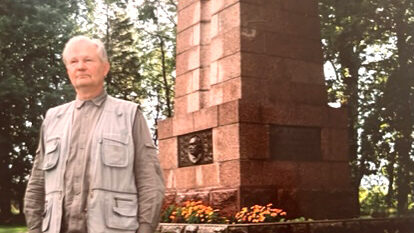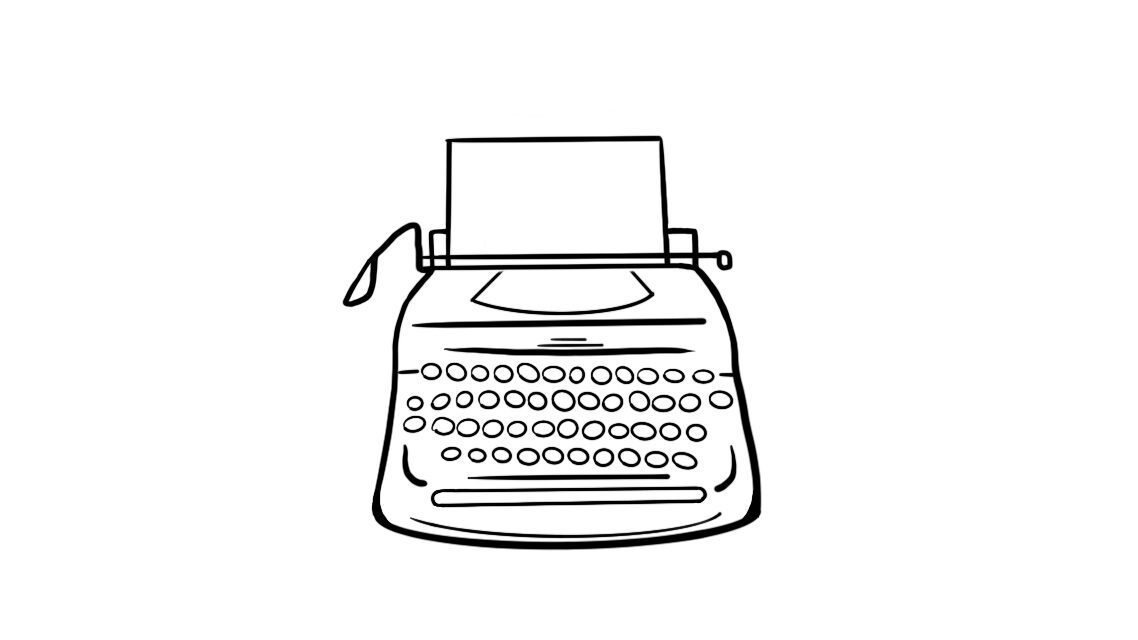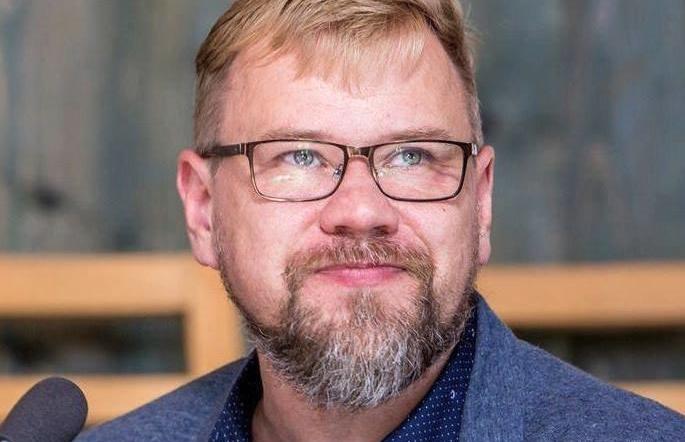The fluency with which Putin fabricates facts shouldn’t astonish anyone. When in 2014 Russian forces were actually seen in Crimea, Putin called the reports Western disinformation and stated that Russian uniforms could be purchased by anyone. Russia insisted that camouflage uniforms could be bought at the nearest store, that Russian weapons and trucks were not present, that the men in uniform were locals defending Russians in Crimea. Just a short month later he praised and thanked the troops for assisting the annexation. He was similarly unfazed, when after two years of denying the presence of Russian soldiers in eastern Ukraine, he innocently acknowledged their justified participation there in 2016.
As a parody of Marshall McLuhan’s ‘the medium is the message’, Putin’s very act of lying is the message. The fabrication of facts is not about hiding the truth, but about his power to be above the truth. It’s this very same power that the Rand Corporation in 2016 linked to a propaganda model named ‘the firehose of flasehood’. The propagandist could overwhelm the audience by producing an unrelenting steam of falsehoods and misinformation. Firehosing isn’t about persuasion. It’s about power.
The ‘firehose of falsehood’ report found that the lies didn’t have to be believable. Even the most blatantly ridiculous or bizarre could be taken as fabrications. But repeated widely and with consistent frequency, they could have significant influence and impact in warping public opinion.
Research has found that in any given day people are lied to anywhere from ten to two hundred times. In one study, strangers lied to each other three times within the first ten minutes of meeting. Before being shown a video of their conversation, the subjects insisted that they had been truthful. The study concluded that because people do not want to admit to their lying, telling falsehoods is so reflexive, so common. We seem to be unaware of the repeated lies we tell. This, however, does not excuse world leaders from lying – deliberately, intentionally, oftentimes outrageously. It shows the utter contempt they have for their audience, their own citizenry, both Russian and now, American.
The veterans of lying and spreading disinformation do it by the book – without pausing, with both barrels. When lying, do it big. According to government-controlled Sputnik, the design of NATO’s new headquarters was inspired by the ‘Nazi SS Lightning Bolts’. This assertion aptly conformed with Russia’s anti-NATO rhetoric and its time-honoured tradition of equating Kremlin opponents to Nazis. In reality the shape of the headquarters was to symbolize the unity of NATO’s 28 democracies. The design depicts the fingers of 28 countries “interlaced in a symbolic clasp of unity”. By comparing its perceived enemies as Nazis, Russia places them along the side of a universally perceived pariah, a Nazi symbol, a deplorable entity that nobody dares defend.
How dangerous is false information? Some scholars say that simply accepting and trivializing the consequences and damaging effects of misinformation has dire effects for a any society be it democratic or ‘neo-totalitarian’. People ultimately are willing to reinforce their decisions by facts that are not true, often knowing they are not true.
(To be continued.)
Laas Leivat, Toronto



